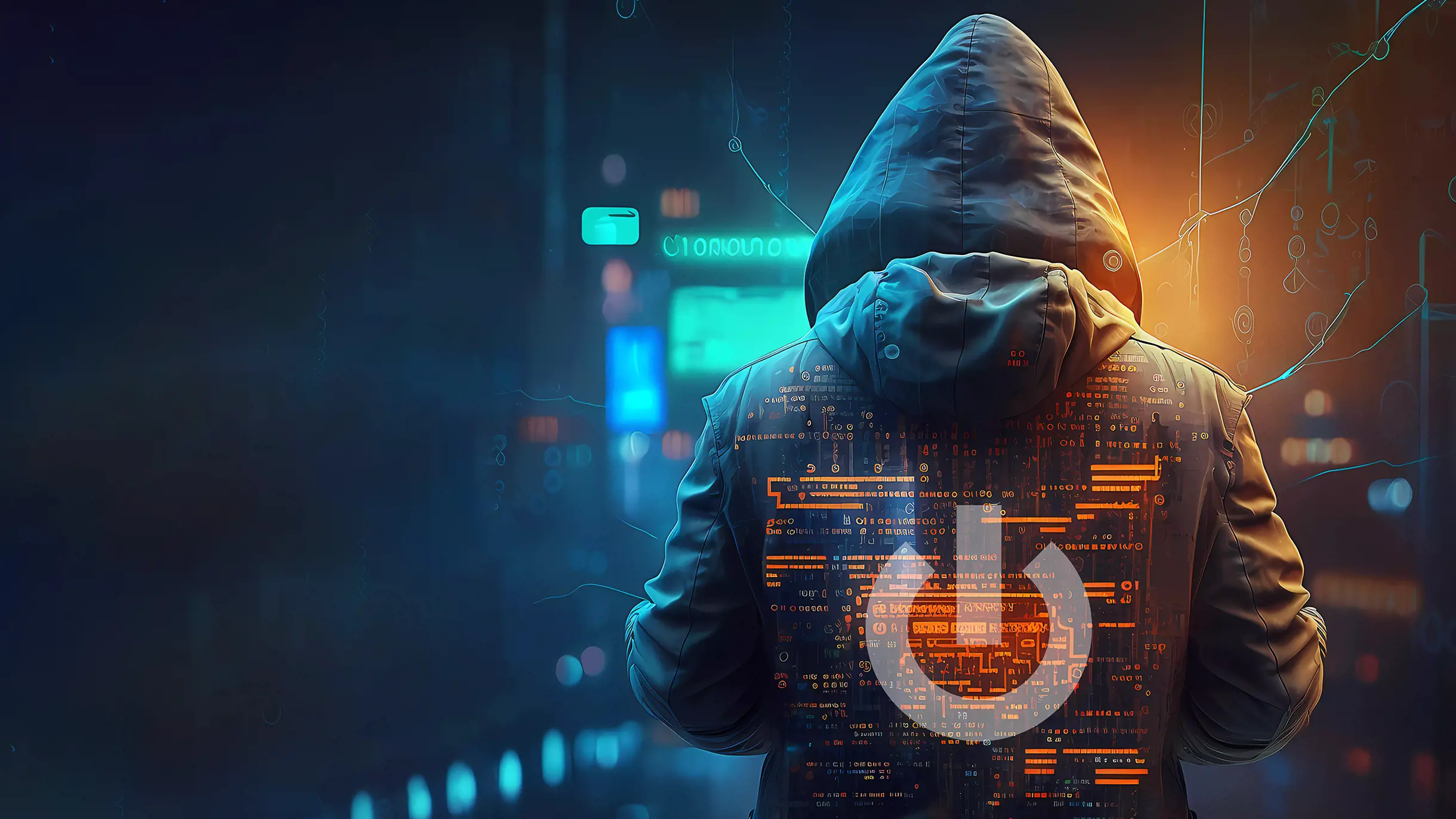News Blast
Your daily source for the latest news and insights.
Cybersecurity for the Lazy: How to Protect Your Digital Life with Minimal Effort
Protect your digital life with simple hacks! Discover effortless cybersecurity tips that keep you safe without the stress.
Top 5 Effortless Cybersecurity Tips for Busy People
In our fast-paced world, cybersecurity often takes a backseat, especially for busy individuals. Here are five effortless cybersecurity tips designed to help you stay secure without consuming too much of your time. First, use strong passwords across all your accounts. A passphrase made up of random words or a combination of letters, numbers, and symbols can fortify your security. Second, enable two-factor authentication (2FA) whenever possible; this adds an extra layer of protection with minimal effort.
Third, keep your software updated. Most updates include critical security patches, ensuring that any vulnerabilities are addressed efficiently. Fourth, be wary of public Wi-Fi networks; avoid accessing sensitive information when connected to unsecured networks. Lastly, consider using a password manager to store and generate secure passwords. These simple yet effective practices can significantly enhance your online safety while allowing you to focus on your busy lifestyle.

Is Your Password Strong Enough? Quick Tests to Ensure Your Safety
In today’s digital age, ensuring that your password is strong enough is crucial for protecting your personal information and online assets. A strong password typically includes a combination of uppercase and lowercase letters, numbers, and special characters. To determine if your password is up to par, consider conducting the following quick tests:
- Length Matters: Aim for at least 12 characters. The longer the password, the harder it is to crack.
- Avoid Common Words: Don't use easily guessable words such as 'password' or '123456'.
- Assess Variability: Check if your password includes a mix of different character types to increase complexity.
If your password fails any of these tests, it’s time to strengthen it. Regularly updating your password and utilizing a password manager can also significantly enhance your online security.
Simple Privacy Settings You Can Change in Minutes to Secure Your Online Accounts
In today's digital age, ensuring the security of your online accounts is more crucial than ever. Fortunately, there are simple privacy settings you can change in just a few minutes that will significantly enhance your account security. Start by enabling two-factor authentication (2FA) on all your important accounts. This added layer of security requires not only a password but also a secondary confirmation, typically a code sent to your phone, making it much more challenging for unauthorized users to gain access.
Next, take a moment to review your account privacy settings. Most social media platforms allow you to control who sees your posts and personal information. Consider updating your settings to limit visibility to 'Friends Only' or 'Private'. Additionally, regularly check and remove any third-party applications that have access to your accounts. By managing these settings effectively, you can drastically reduce the risk of your personal data being compromised and keep your online presence secure.